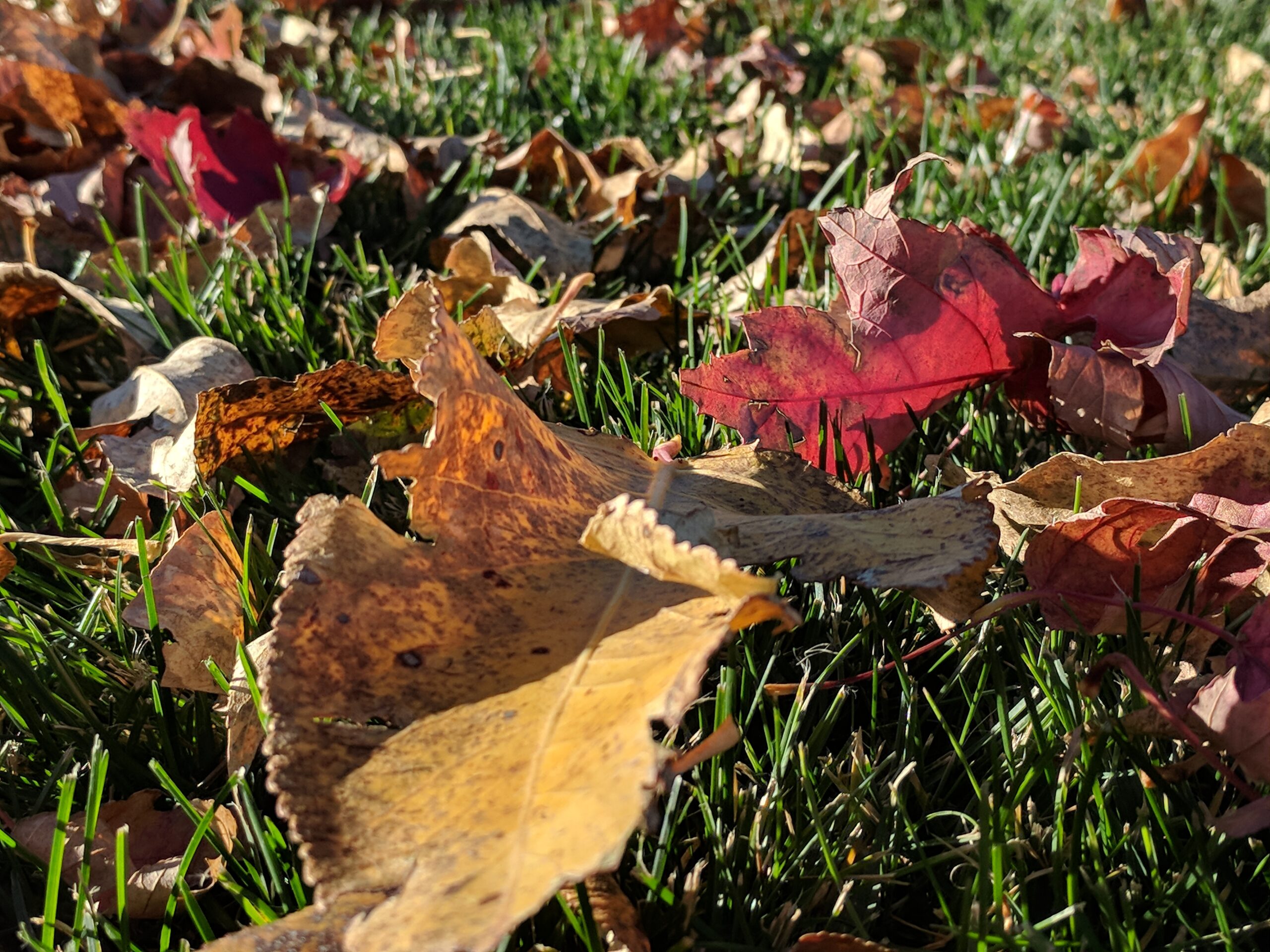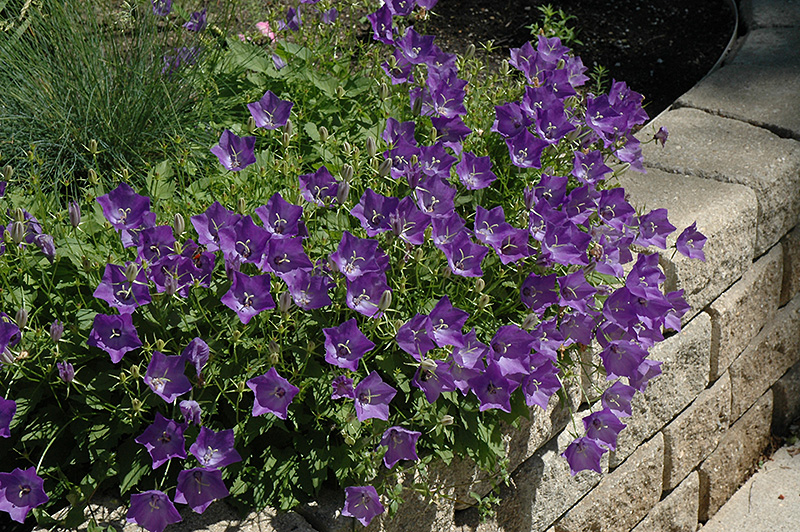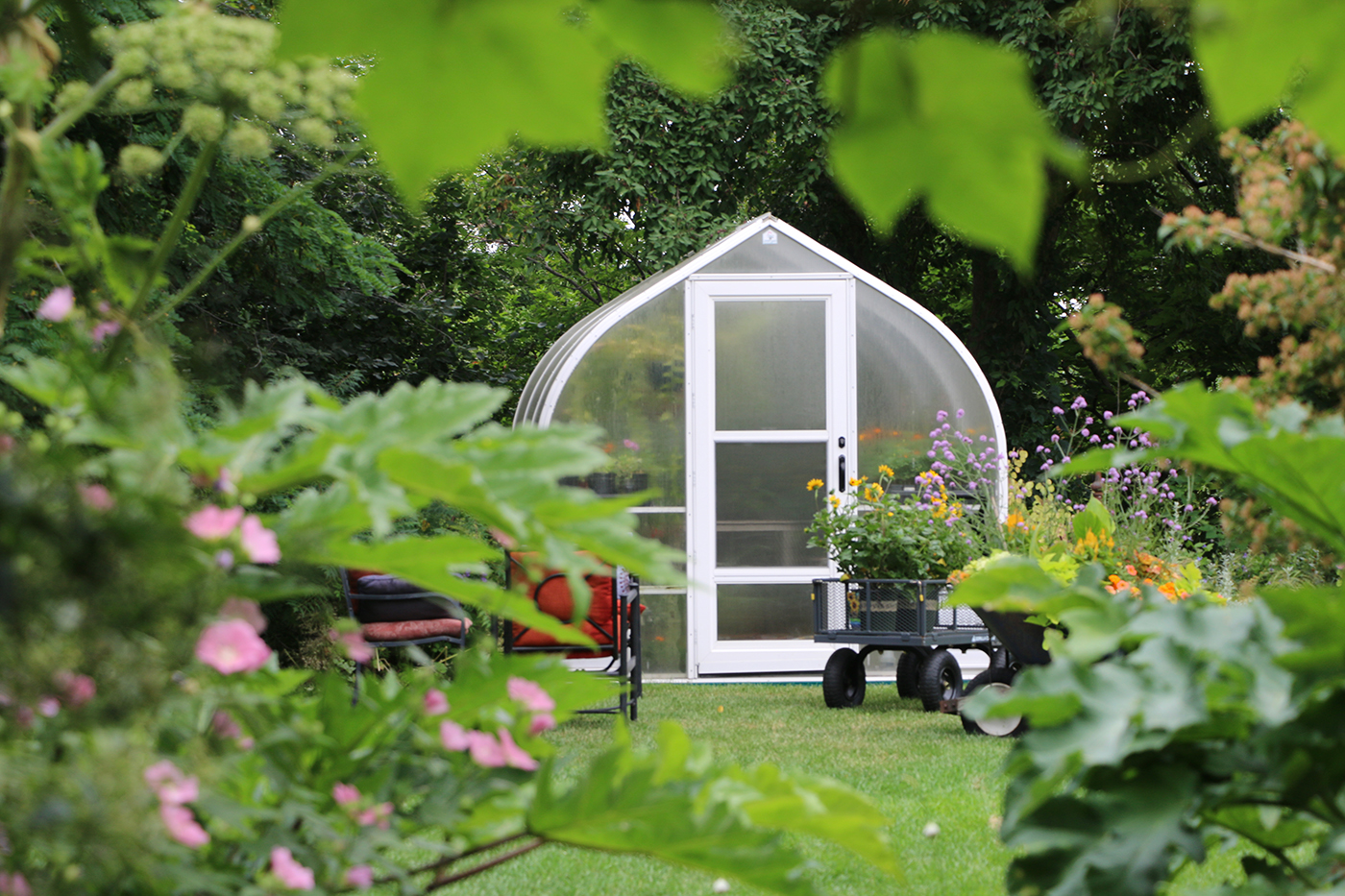Did you know that spring is a great time to repot houseplants that need a little TLC? The days are getting longer, and many plants are starting to put on new growth. Since the full-speed-ahead gardening season hasn’t quite started, this is the perfect time to focus on houseplants, so I “went to the top” of Tagawa Gardens’ foliage department, asking for some professional tips.
Meet Shane, Tagawa’s Foliage Supervisor
Shane and his Tagawa Gardens staff are always ready and willing to help you show some extra love for your houseplants.
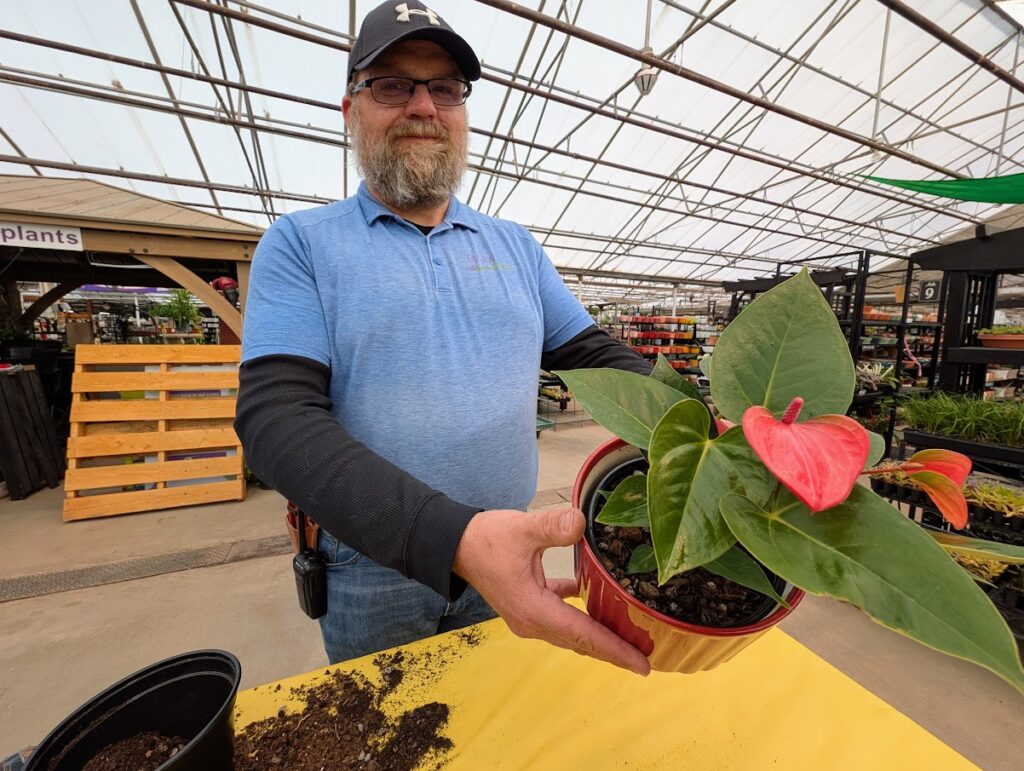
For a modest fee, they’ll gladly repot your houseplants for you, explaining step-by-step what they’re doing.
Begin by examining the plant and its roots
The first step is to gently knock the plant out of its pot to see the roots up close and personal. Plants that need repotting may show signs of slowing down. Perhaps the foliage and flowers aren’t as vigorous as they should be, but checking the roots themselves is a surefire way of judging the condition of the root ball.
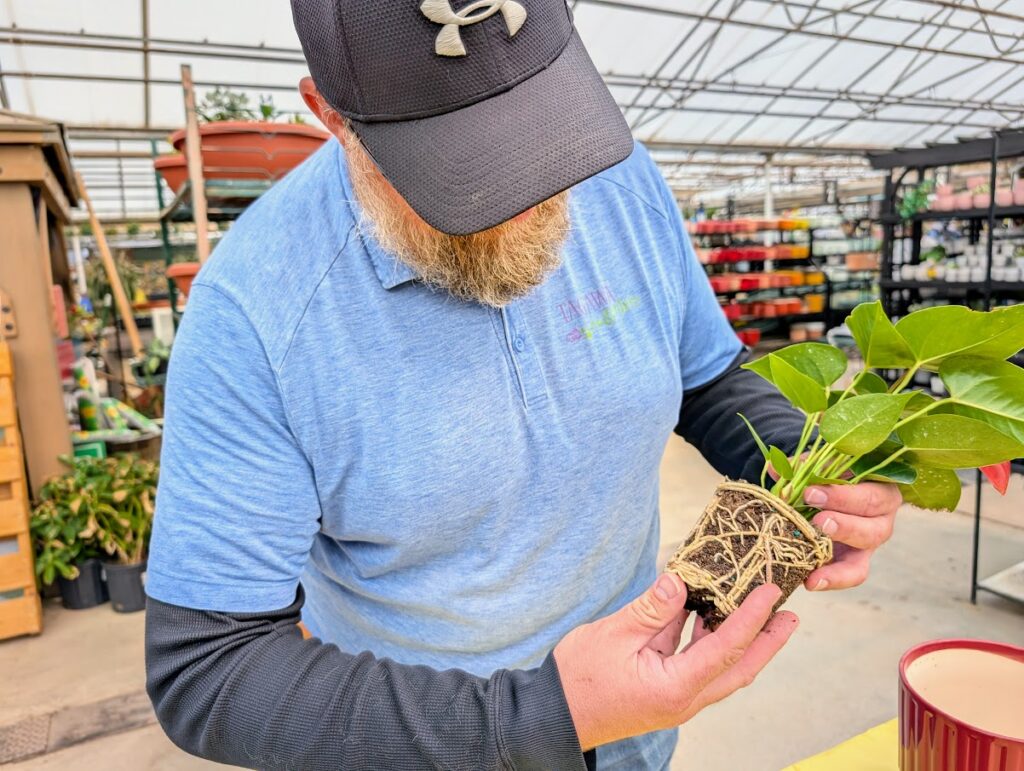
The roots of this anthurium, shown above, are white and firm, and the soil smells fresh and clean. Those are all good signs. The root ball itself still has some room to grow, but it won’t take long until it fills up its existing pot, so Shane goes to work.
Time to loosen the old soil
Most potting soil includes a lot of organic material that will decompose over time and become more compact, slowing down proper drainage. Even if your plant is otherwise healthy, removing most of the old soil is still the best way to fully refresh the roots’ growing environment.
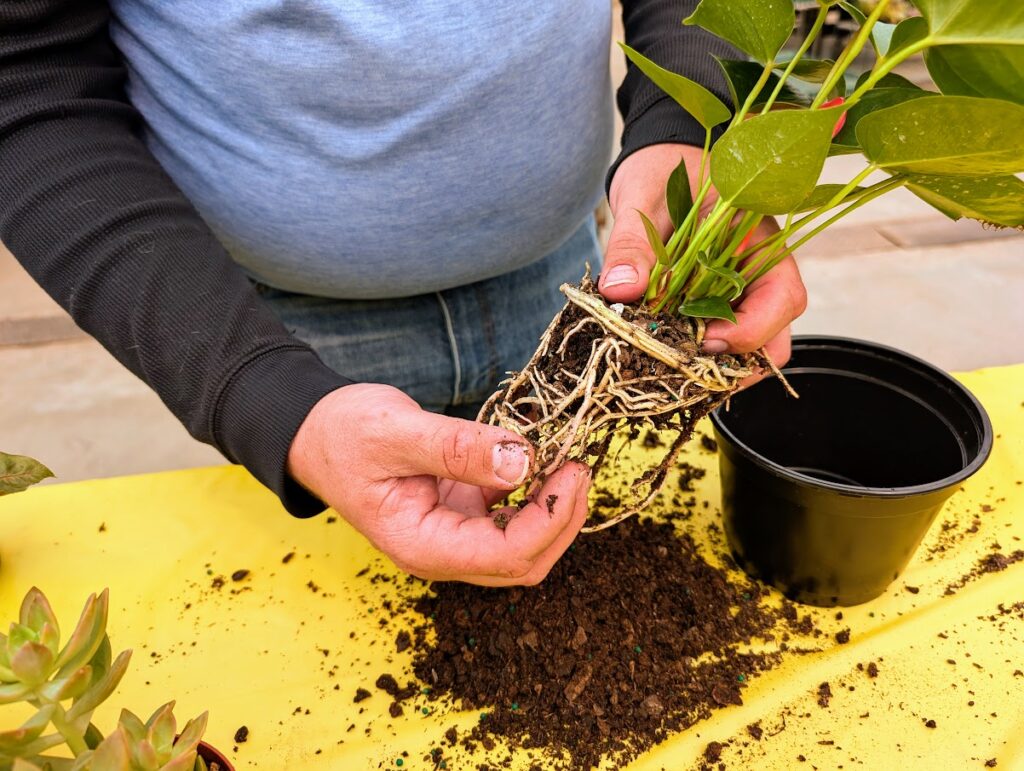
A sidenote: House plants often arrive at garden centers like Tagawa Gardens from growers who planted them using “plugs.” Plugs are tiny cuttings that have been wrapped in a thin mesh to hold the young roots together when they’re planted into larger pots and then sold to places like Tagawa Gardens. Shane says If you find these netting-wrapped plugs in a plant you’re repotting, gently remove the netting from the plugs before the larger root system is repotted.
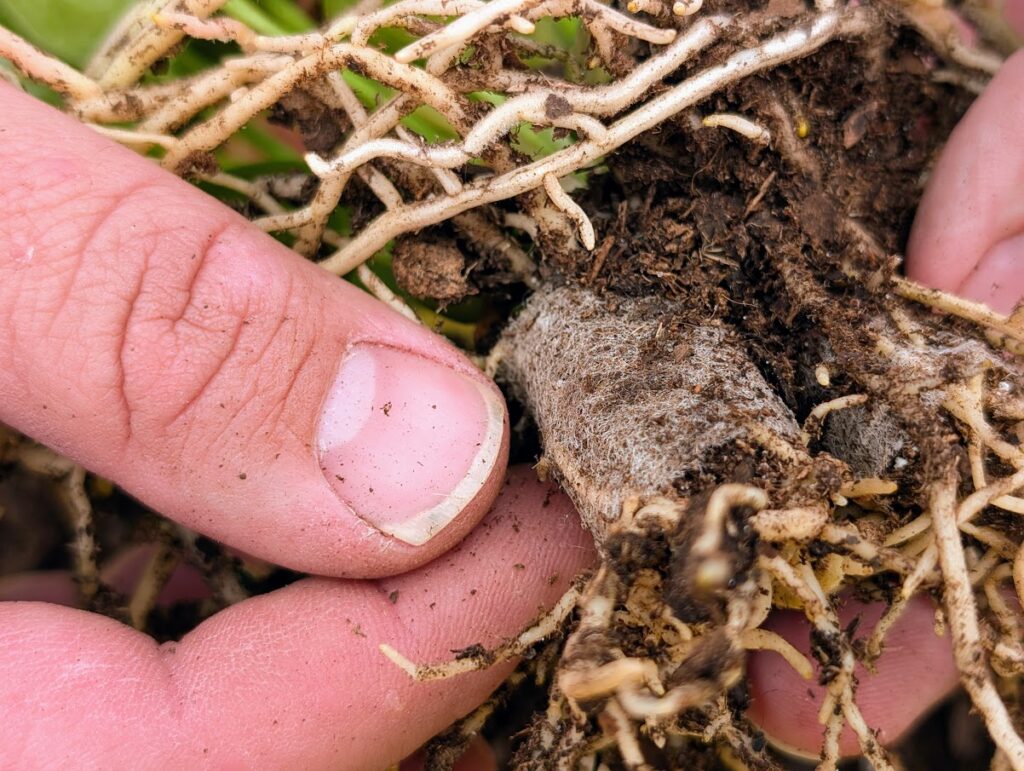
As a side note, when you choose a new pot, never increase the pot size by more than two to three inches. Without any roots actively working the new soil around the outer rim of the pot, that soil will stay too wet for too long, inviting disease and insect problems.
Use different soils for different plants
The soil you choose for repotting needs to reflect each plant’s needs. Most houseplants are fine with a general, good-quality potting soil.
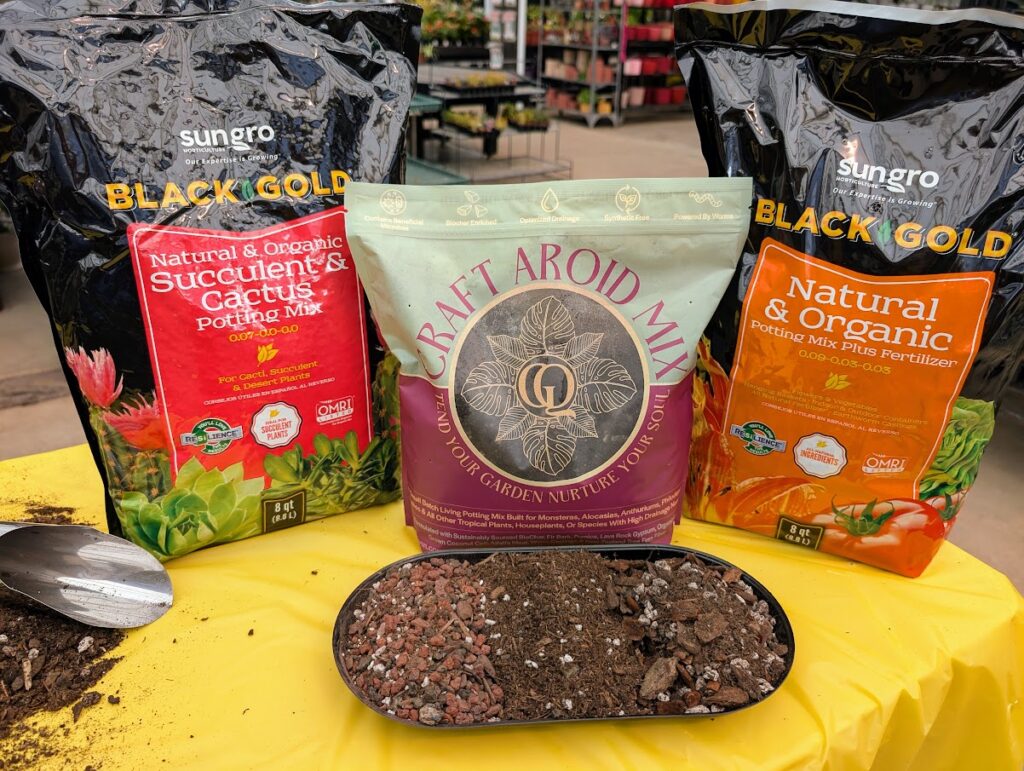
Succulents and epiphytes (plants that grow on trees and rocks in their natural settings) need excellent drainage, which requires a looser, often chunky soil that drains freely and doesn’t hold on to too much moisture. Tagawa Gardens carries several types of top-quality soil that are just right for any houseplants you might have.
Once most or all of the old soil has been removed, gently tuck the plant’s root ball into its new pot, hold the foliage upright, then start backfilling, adding new soil, turning the pot, and adding more until the pot is almost full.
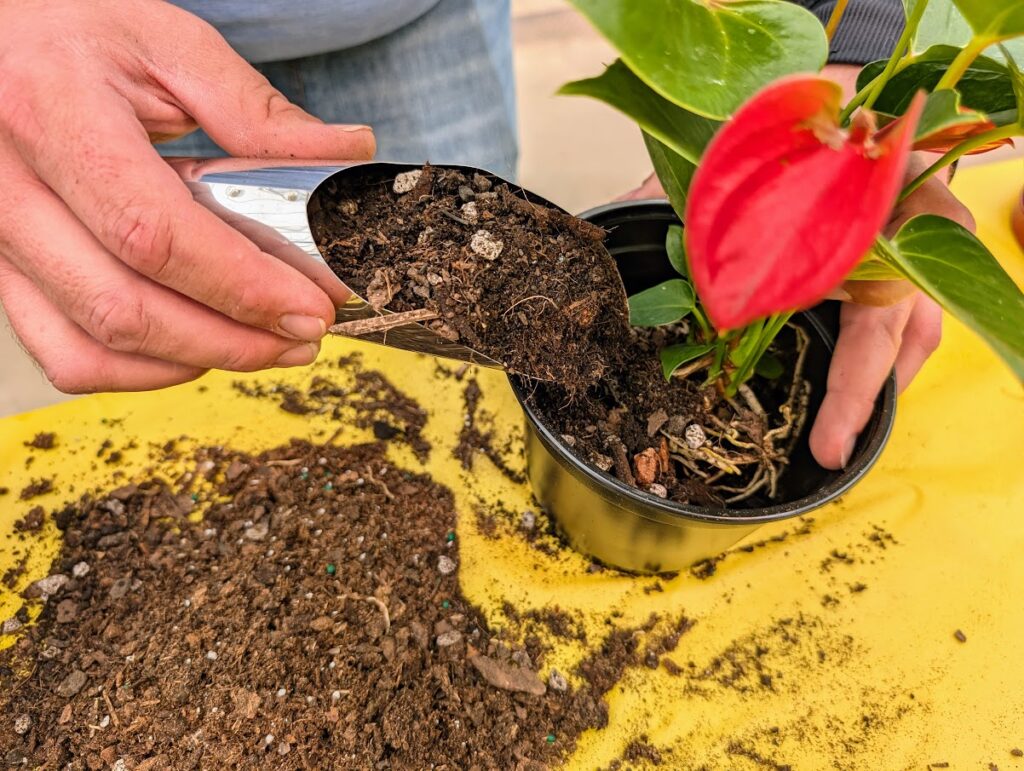
For small plants, add soil to within half an inch of the top of the pot. For larger plants, leave enough room to create a reservoir, an empty space that can hold excess water until it drains into the soil. That will make your watering much easier.
Once you’ve added enough new soil to your houseplant, use your fingertips and gently tamp the soil into place. Don’t compress the soil, work it in so it settles well around the roots. When you’re done repotting your houseplants, water them until water comes out of the bottom drainage holes. (You’ll always want to use a pot with drainage holes!)
When it comes to repotting houseplants, succulents have special needs
The roots of succulents are tiny and thread-like, as seen below. These plants prefer to be in smaller, more shallow pots and rarely need repotting as long as they look healthy.
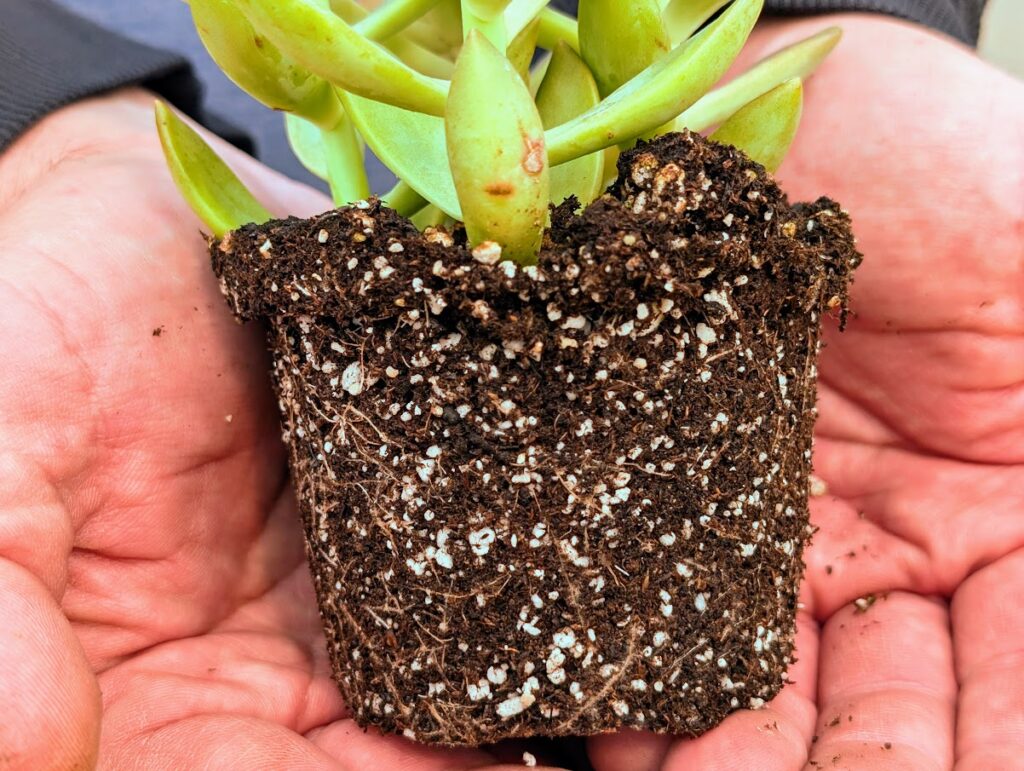
A succulent’s roots can show serious problems, such as rotting from overwatering or drying up from underwatering. If that happens, using the right soil and repotting them into the correct-sized pot may bring them back to life. You should hold off watering repotted succulents for about a week to let any root damage recover.
Hold off fertilizing the newly-repotted plants for a few weeks while they recover from being transplanted.
Remember that Tagawa Gardens is here for you, happy to answer your questions about repotting houseplants or any other gardening issues! Come see us!

